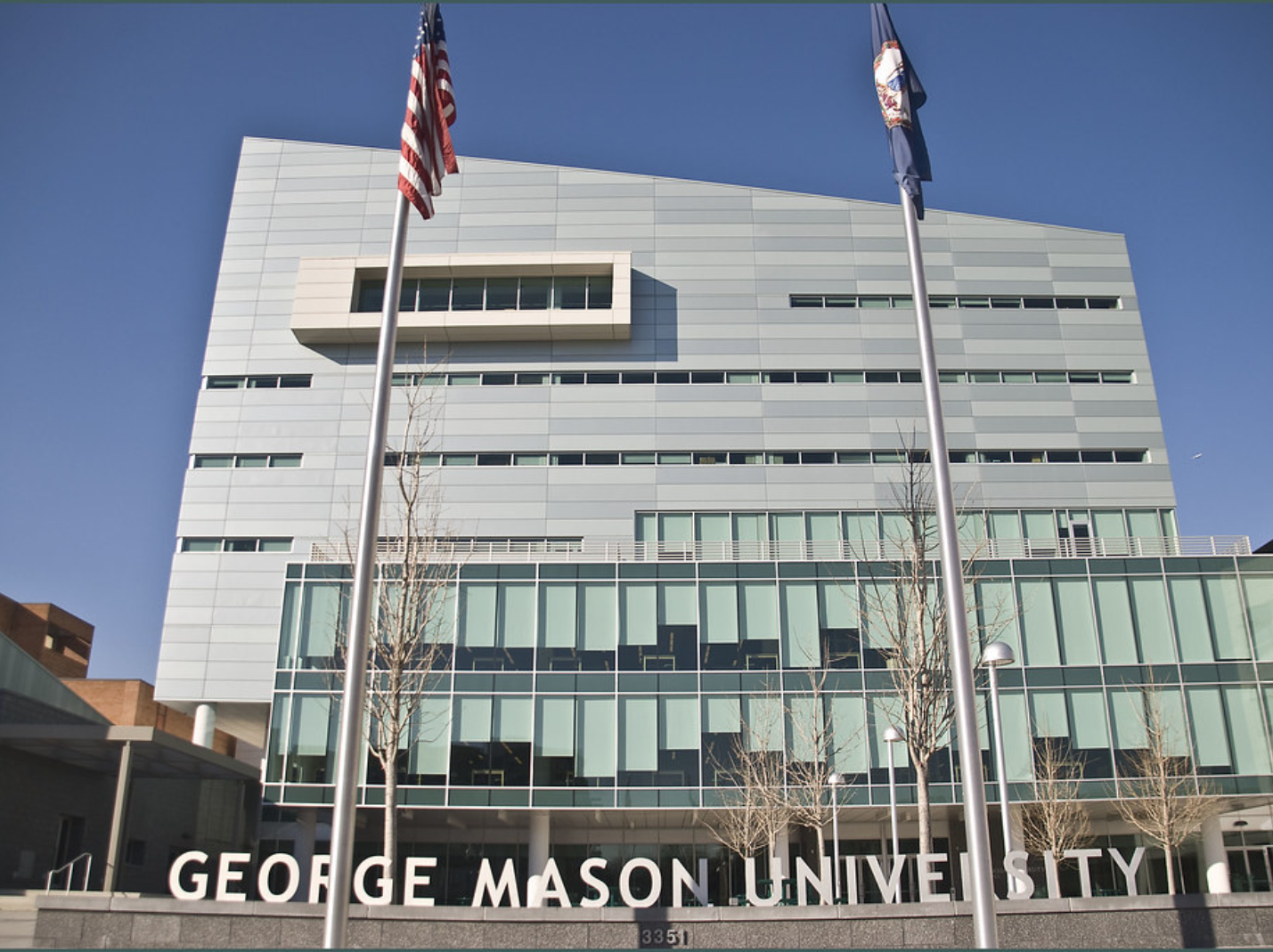
Editor’s Note: This article was originally published by Liberty Unyielding on July 3, 2025, and is crossposted here with permission. It has been edited to fit Minding the Campus’s style guidelines.
This fall, a Virginia couple is sending their daughter to George Mason University (GMU), Virginia’s largest public university, which has over 40,000 students. On June 30, they and their daughter attended mandatory student orientation from 9:30 am to 5:45 pm. GMU’s sports teams are called “the Patriots.”
The first presentation in the orientation, the “Patriot Welcome,” began with a “land acknowledgment,” saying that GMU was on the land of one of Virginia’s Native American tribes. In the video containing the land acknowledgment, America was referred to as “Turtle Island.”
But “Turtle Island” was not the word used for America by Virginia’s Native American tribes. And the U.S. is not an island, but rather, includes much of the North American continent. The Powhatan tribes in Virginia’s Tidewater region called their territory Tsenacomoco, not Turtle Island. The Lenapi Indians, who once lived on the island of Manhattan, did use the word “Turtle Island” for the continent, but GMU is not located in New York or anywhere near it. Today, Turtle Island seems to be a term mainly used by anti-American radicals, some of whom say their “goal is to dismantle the settler project that is the United States.”
[RELATED: Try Not to Live By Lies]
After the land acknowledgment was made, the mother of one of the incoming students, who perceived the land acknowledgment as unpatriotic, expressed anger in her native language and then left the auditorium. She squeezed in front of a dozen other seated parents to get out of the room and then called her husband repeatedly on his cellphone, angrily telling him to leave the auditorium, which he eventually did, after she rang him repeatedly, sounds that could be heard by many parents in the auditorium.
The orientation was already eight hours long, longer than a school orientation needs to be, and wasted students’ and parents’ time with unnecessary fluff, of which the land acknowledgment was just one example. Most parents of incoming students had not had to attend such a lengthy and time-consuming orientation when they enrolled in college themselves a generation ago.
Land acknowledgments themselves can leave the misleading impression that virtually all land in America was stolen from Native Americans.
Much of the land transferred by Native Americans to whites in the United States was sold by Native Americans, not taken by force, although it’s deemed offensive by some officials to point that out. The Native American population was so depleted by disease in the 17th century that Indian tribes could afford to sell some of their land to whites, because they weren’t using most of it. Selling land they didn’t need made sense—they could use the money they got for the land to buy firearms or metal-tipped arrows to defend themselves against hostile tribes, and to buy other useful things, like pots and pans, cotton and wool cloth, and metal tools needed to improve their agricultural output.
A great deal of land was voluntarily sold to settlers by Native Americans. Legal historian Stuart Banner’s book How the Indians Lost Their Land explains this. Some land changed hands through “consensual transactions,” and other land through “violent conquest.” You can also learn about this subject by viewing the educational video, “Are We Living on Stolen Land?”
Land acknowledgments will recite that a college is on the land of this or that Native American people, often claiming that a tribe lived on that land “since time immemorial.”
In reality, the Indian tribe they describe as having lived on that land may only have lived on that land for a century or two before whites arrived, and may have exterminated the Indian tribe that previously occupied that land, or driven the original inhabitants away. Native Americans came to North America at different times, and routinely displaced or exterminated other tribes in the process.
Rather than suggesting that a college is on stolen land—when a college has no intention of “returning” that land to the tribe—colleges should focus on helping tribes by expanding tribal self-determination and ability to use their own lands. Many federal regulations make Native Americans poorer and stifle economic development on Indian reservations, as the Atlantic has noted, and as tribal appeals court judge Adam Crepelle explains in a new book.
Image: “George Mason University School of Public Policy 3351 Fairfax Drive Arlington (VA) 2013” by Ron Cogswell on Flickr
A lot of land was stolen from loyalists during the Revolution. We never hear about this.